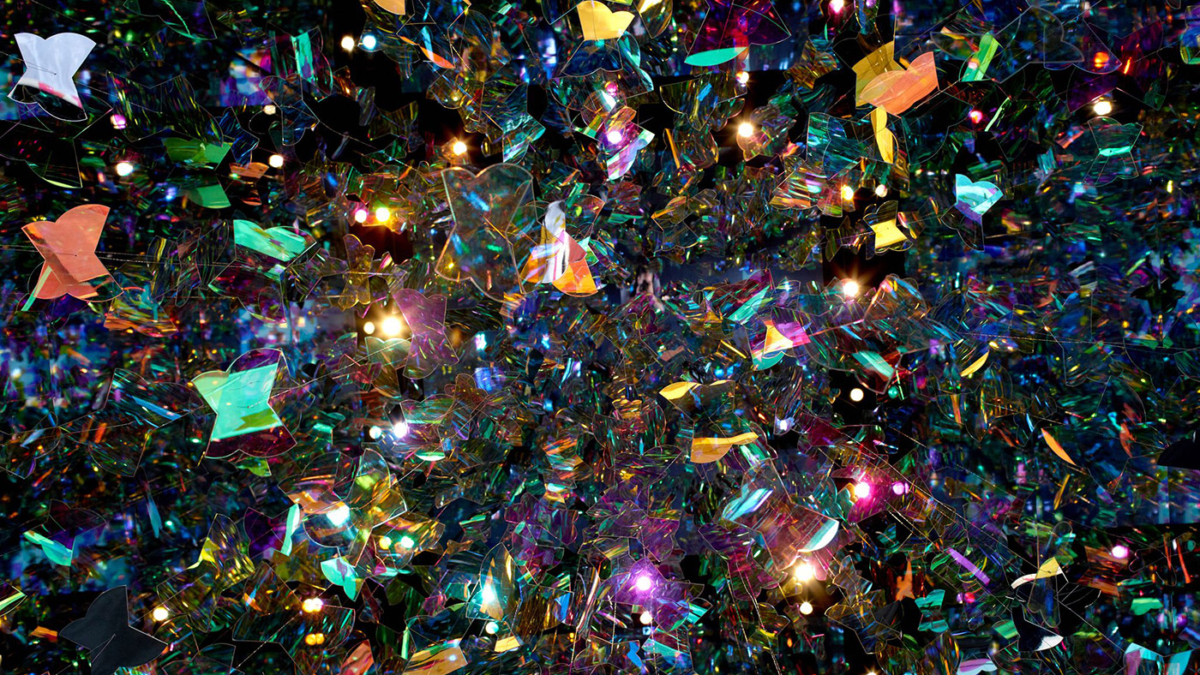
FUORISALONE 2019, WHAT REMAINS
As every year, Fuorisalone 2019 has been a successful event, with an increase in the turnout compared to the past edition – we’re always talking about hundreds of thousands of visitors in 6 days.
Unfortunately, the first negative aspect was the quality of the event, which has dropped down during the years. If in the past editions we were witnesses of a qualitative rise and fall of the design districts, on an annual basis, now we must have noticed a widespread decline. Decline perceivable for those in the industry, for those who would like to see novelties, contents and a breath of fresh air. Instagram, instagrammability and hashtags were the keywords of the whole event and this has created a lot of damage.
v
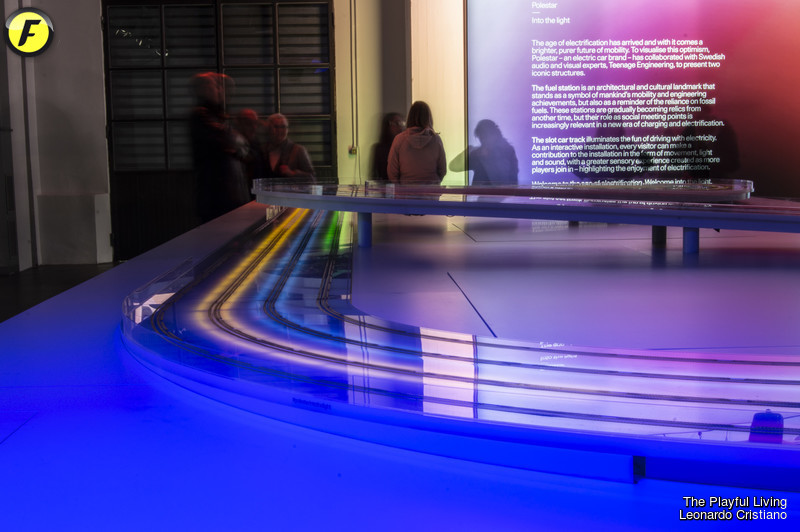
Visitors are the main engine and every edition aperitivi, parties, and “photo-catching” installations increase. This year some of them were embarrassing, more than ever. To give an example, in Brera a light switch company presented an “immersive installation” so ridiculous that it looked like a joke: a dark room in which you basically switched on and off lights, hanging on the other side of the room. Nothing more, a poor set-up and a random use of materials. This is one of the many cases in which the photogenicity of the space/product and the “interaction” led curators/designers to forget one of the most important part of a project: the contents. Even some large companies have preferred the playful aspect to the substance, a pretty young girl suggesting visitors to blow in some sensors to see a bunch of white spheres “levitating” or inviting us to get inside some tube/path/tower adorned with lights/reflections/colors/mirrors…
Who dares are those who have money and many of the most stunning and exciting installations have undoubtedly been commissioned by the big fashion brands. We are used to the presence of the fashion-design union and to the multidisciplinarity, which is palpable during this week of the year, the scary thing was the participation of more and more companies that don’t belong to the design world. Souvenir-like items, commercial accessories, this year we witnessed a real widespread market among the real design.
This trend is also the result of the success of the event: the high turnout is an important factor to prevent a company from saying “I was there”. However, many companies forget that “to be there” is not enough, they should also bring contents, worthy of this week of the year. Unfortunately, also many designers committed this mistake: some of those who managed to afford to exhibit (given the prohibitive costs of spaces or square meters) presented ugly, poorly finished prototypes, with untreated details. To participate just to be present is not a good strategy, we should see more quality contents.
As anticipated, the other ridiculous aspect was “the social side”. Each set-up had a well-marked Instagram and hashtags graphic, (sometimes at the expense of the designer/producer related information). Over the last two years, instagrammability has become an omnipresent adjective (or even aim) for a certain kind of projects and installations, sometimes with the result of neglecting contents or the project itself. “To design a project that can be easily posted on Instagram” is different from “to design a project.” The media, the social media, have always been means of communication, to share the project, not the ultimate goal.
Over the years we have witnessed a transformation of Fuorisalone, from the event in which visitors could see emerging/young/fresh designers, to the week of commercial “design” products and aperitivi, in which we lost sight of the meaning of design.
It’s called design week, and to keep it that way, exhibitors should be better selected, organizers should be helped by people in the industry and they should give more opportunities to young people.
v
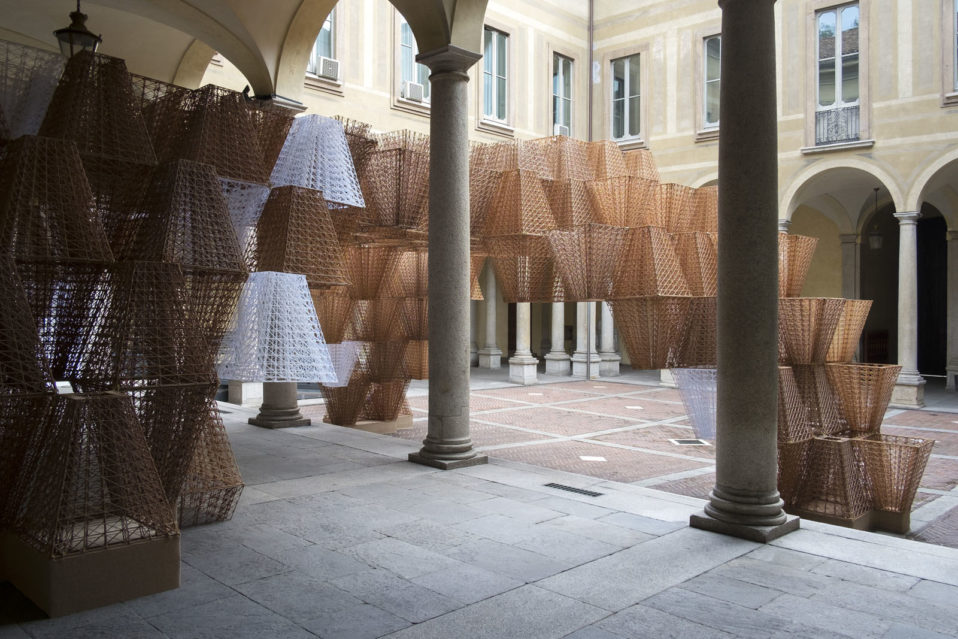
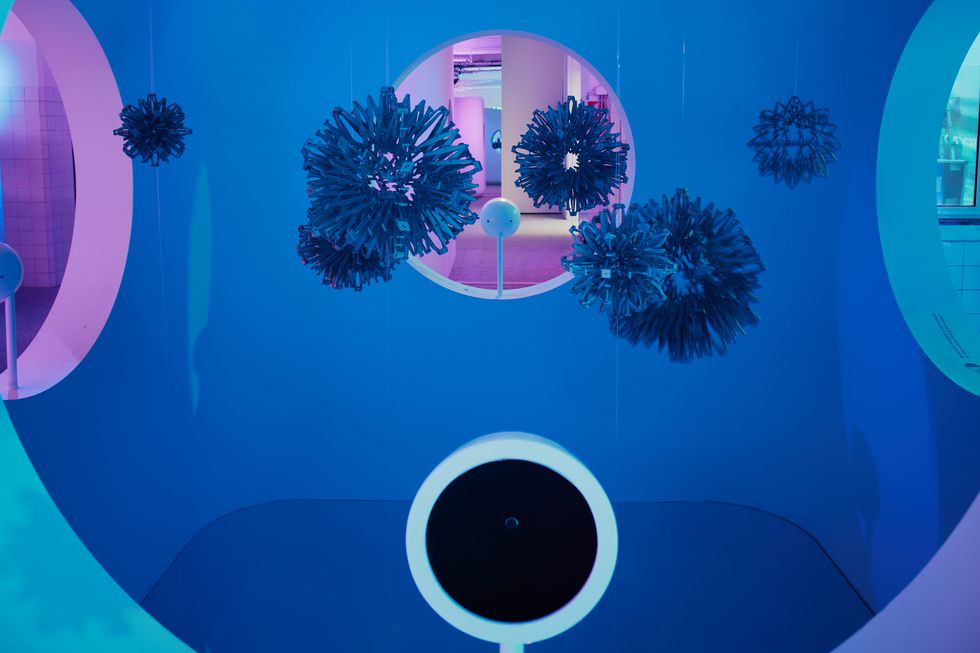
Photo by Luca Quagliato 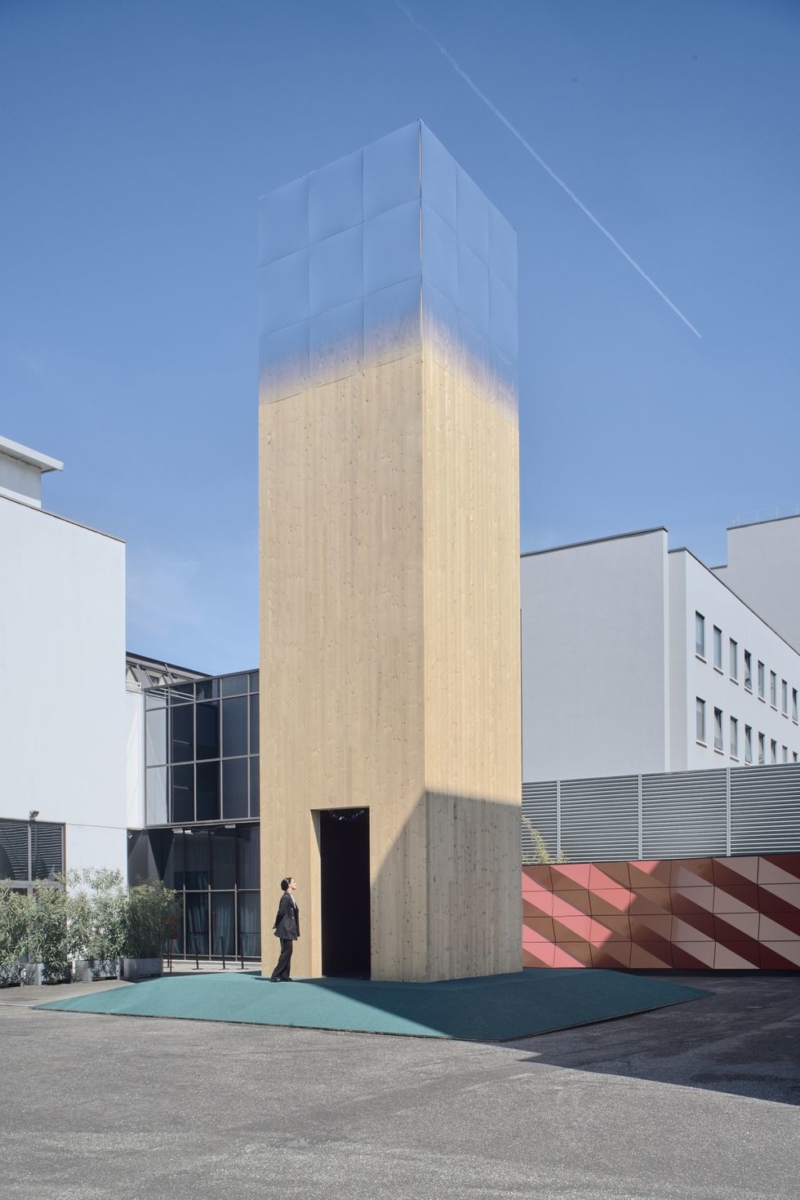
Photo by Luca Quagliato 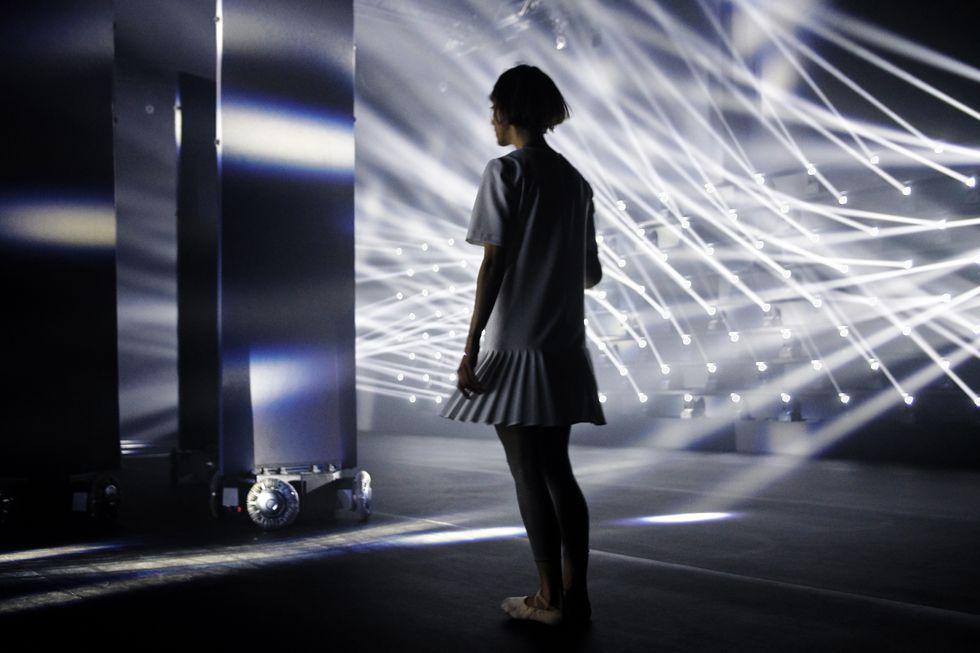
Photo by Luca Quagliato 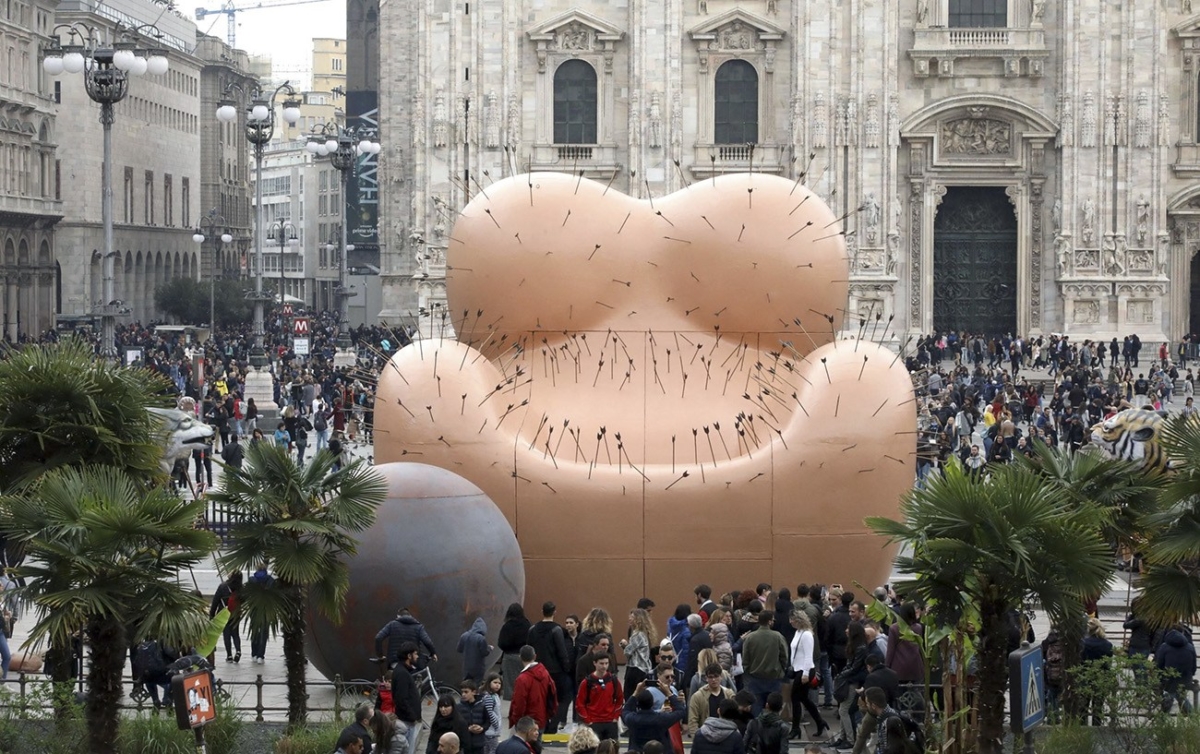
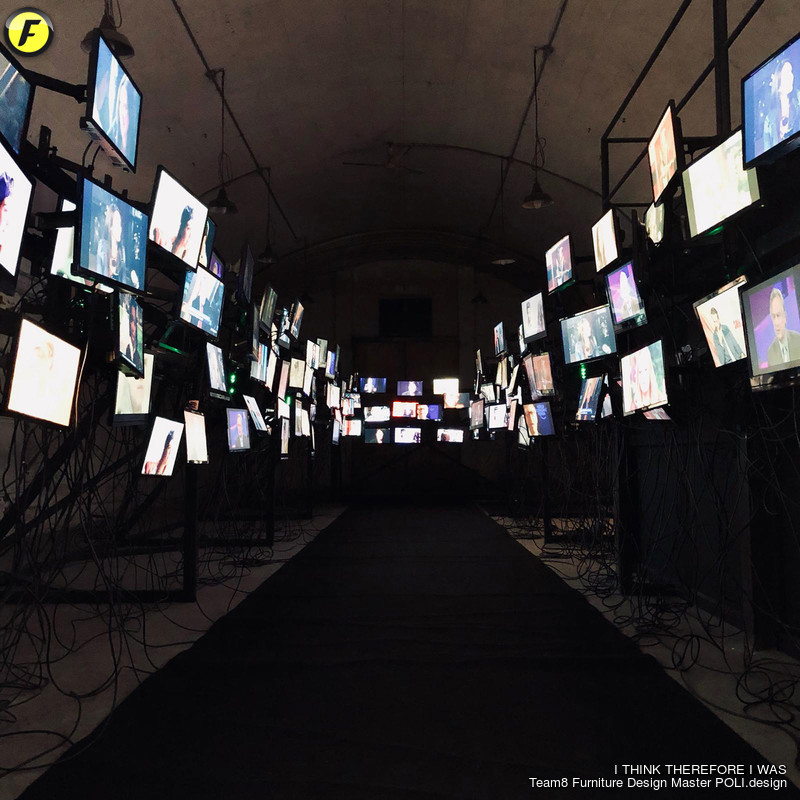
Cover by Luca Quagliato
